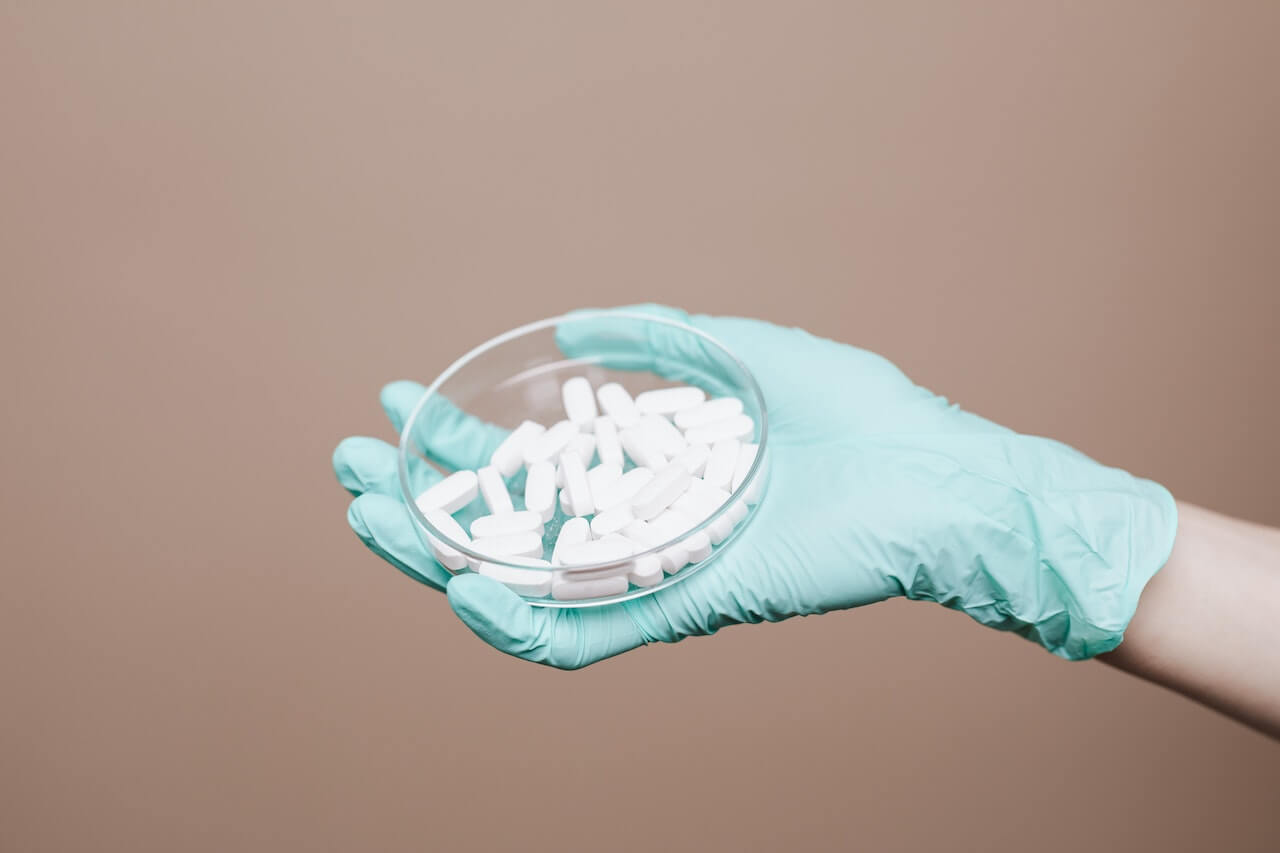COLUMBUS, Ohio — It can take years to develop effective medicines, but researchers from The Ohio State University suggest that using artificial intelligence could really speed things up. Currently, potential treatments spend years going their various trials before they either do or don’t receive approval to reach patients.
Largely, drug discovery is done by human chemists who synthesize molecules necessary to create medicines that millions of people depend on. Typically, this is done using a technique called retrosynthesis, a method that involves working backwards from the desired molecules and looking for chemical reactions to make them.
Retrosynthesis is a time-consuming process and can be very difficult to perform, so Ohio State researchers have created an AI framework called G²Retro, which automatically generates reactions for any molecule. The program is capable of processing an incredibly wide range of potential chemical reactions, accurately picking out which reactions will work the best to create a specific drug.
“Using AI for things critical to saving human lives, such as medicine, is what we really want to focus on,” says Xia Ning, lead author of the study and an associate professor of computer science and engineering at Ohio State, in a university release. “Our aim was to use AI to accelerate the drug design process, and we found that it not only saves researchers time and money but provides drug candidates that may have much better properties than any molecules that exist in nature.”

How does the AI system work?
Ning and her team trained G2Retro on a dataset filled with 40,000 chemical reactions collected between 1976 and 2016. The program “learns” from graphical representations of certain molecules and uses deep neural networks to create potential reactant structures that could be used for synthesis. It works so well that once given a molecule, it could predict hundreds of new reactions within minutes.
“Our generative AI method G2Retro is able to supply multiple different synthesis routes and options, as well as a way to rank different options for each molecule,” explains Ning. “This is not going to replace current lab-based experiments, but it will offer more and better drug options so experiments can be prioritized and focused much faster.”
To validate the effectiveness even further, the researchers conducted a case study to see if G2Retro could accurately predict four newly released drugs that have already been released: Mitapivat, a medication used for hemolytic anemia; Tapinarof, which is used to treat different skin diseases; Mavacamten, which is used to treat systemic heart failure; and Oteseconazole, which is used to treat fungal infections in females. The framework successfully generated exactly the same patented synthesis routes for all of them, even going so far as to provide alternative synthesis routes.
Ning says that having such a reliable tool could help manufacturers produce stronger medications, and much quicker than before. At the same time, she emphasizes that medicines created by this framework or any other form of AI must still be validated through animal models and human trials.
“We are very excited about generative AI for medicine, and we are dedicated to using AI responsibly to improve human health,” concludes Ning.
The findings are published in the journal Communications Chemistry.
What steps do new drugs go through to reach patients?
Developing a new drug is a complex and rigorous process that can take up to several years. This process is carefully regulated to ensure the safety and effectiveness of the drug. The process includes the following stages:
Preclinical Testing: This is the initial stage of drug development. It involves laboratory experiments to understand the drug’s effect on cells. This phase includes both in vitro (in the lab, often in petri dishes) and in vivo (in animal models) testing. If the drug shows promising results, it moves to the next phase.
Investigational New Drug Application (IND): In this step, the drug’s developers compile the results from the preclinical testing and submit an IND application to a regulatory agency such as the U.S. Food and Drug Administration (FDA). This application should contain data from the preclinical testing, proposed clinical trial protocols, data about the drug’s manufacturing, and plans for patient safety monitoring. If the application is approved, the drug can move to clinical trials.
Clinical Trials: Clinical trials involve testing the drug in humans and are generally conducted in three phases:
- Phase I: This is the first stage of testing in humans. The primary goal is to evaluate the drug’s safety, determine a safe dosage range, and identify side-effects. This phase often includes a small number of healthy volunteers or patients.
- Phase II: If Phase I is successful, the drug moves to Phase II testing, where the focus is on evaluating the drug’s effectiveness and further assessing its safety. This phase involves more participants who have the condition that the drug is intended to treat.
- Phase III: This phase involves randomized and blind testing in several hundred to several thousand patients. The aim is to confirm the drug’s effectiveness, monitor side-effects, compare it to commonly used treatments, and collect information that will allow the drug to be used safely.
New Drug Application (NDA): If the results from the clinical trials are positive, the drug’s developers can submit an NDA to the FDA (or a similar application to other national regulatory bodies). This application includes full reports of the drug’s testing results, proposed labeling, and information about how it’s manufactured, processed, and packaged.
FDA Review: The FDA then reviews the NDA. If the FDA approves the application, the drug becomes available for physicians to prescribe to patients.
Post-Marketing Surveillance (Phase IV Trials): After a drug is approved, it’s continually monitored for safety in what are known as Phase IV trials. If new side-effects or problems are detected, the FDA can choose to remove the drug from the market or change its usage guidelines.
It’s important to note that many drugs never make it through this entire process. It’s estimated that for every 5,000 to 10,000 compounds that enter preclinical testing, only one is approved for patient use.

